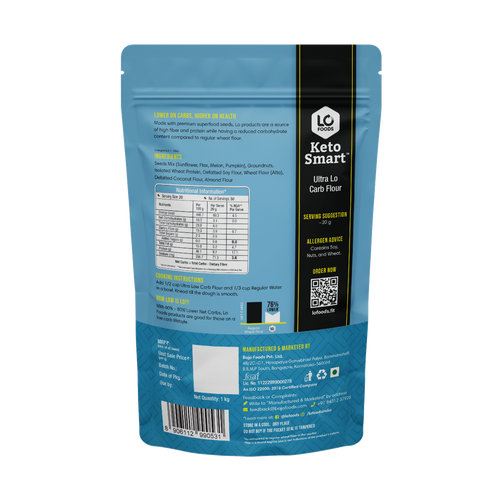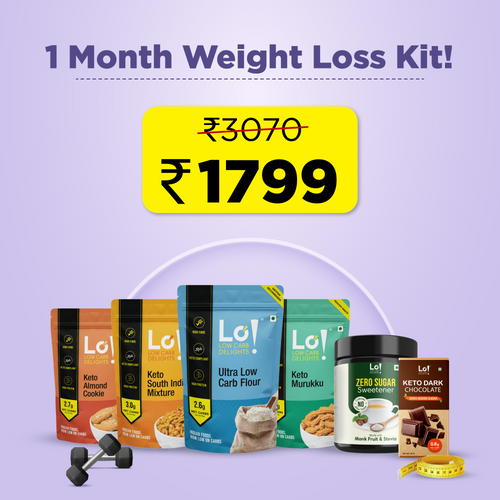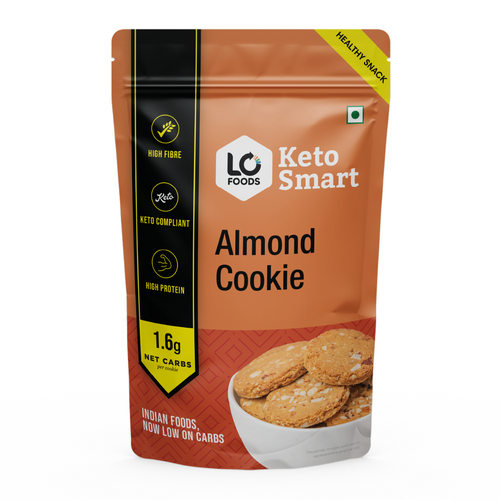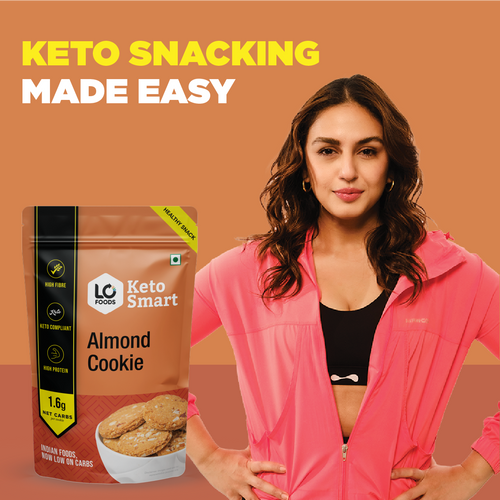
How much protein is there in chocolate?
Protein in chocolate plays a significant role in not only satisfying our taste buds but also contributing to our overall health. By delving into the protein content of chocolate, we can uncover a whole new dimension to this beloved confectionery. Whether you prefer milk chocolate, dark chocolate, or even white chocolate, each variant offers varying levels of protein that can impact our diet in unique ways.

Nutritional Breakdown of Chocolate
Nutrient |
Dark Chocolate |
Milk Chocolate |
|---|---|---|
Calories (kcal) |
500 |
535 |
Protein (g) |
5 |
8 |
Fat (g) |
30 |
30 |
Carbohydrates (g) |
60 |
58 |
Sugar (g) |
20 |
54 |
Fiber (g) |
11 |
3 |
Calcium (mg) |
50 |
200 |
Iron (mg) |
10 |
1 |
Types of Chocolate with High Protein Content
When it comes to chocolate, there are various types available, some of which offer higher protein content than others. These protein-rich chocolates can be a great option for individuals looking to boost their protein intake while satisfying their sweet cravings.
Dark chocolate is a popular choice for those seeking a higher protein content. It typically contains around 12% of protein per serving, making it a nutritious option. Additionally, dark chocolate is rich in antioxidants, which can have various health benefits.
Another type of chocolate with increased protein content is raw chocolate or cacao. Raw chocolate is minimally processed, retaining more nutrients, including protein. It is a good source of plant-based protein for individuals following a vegan or vegetarian diet.
Protein-fortified chocolates are also available in the market, specifically designed to provide an extra protein punch. These chocolates are enriched with ingredients like whey protein, soy protein, or pea protein, offering a convenient way to increase protein intake.
Overall, incorporating chocolates with higher protein content into your diet can be a delicious way to supplement your protein intake. However, it is essential to consume them in moderation as part of a balanced diet to reap the nutritional benefits without overindulging in sugar and calories.
Easy Homemade Chocolate Recipe
Ingredients:
1 cup cocoa powder
1/2 cup coconut oil (or any other neutral-flavored oil)
1/4 cup honey or maple syrup (adjust according to taste)
1 teaspoon vanilla extract
Optional: nuts, dried fruits, shredded coconut, sea salt for toppings
Instructions:
Melt the Coconut Oil: In a saucepan or microwave-safe bowl, melt the coconut oil over low heat until it becomes liquid.
Mix in Cocoa Powder: Once the coconut oil is melted, remove it from heat and stir in the cocoa powder until smooth. Make sure there are no lumps.
Sweeten the Mixture: Add honey or maple syrup to the cocoa mixture and mix well until fully combined. Adjust the sweetness according to your preference.
Add Flavor: Stir in vanilla extract to enhance the flavor of the chocolate. You can also add other flavorings like almond extract or peppermint extract if desired.
Pour into Moulds: Pour the chocolate mixture into silicone moulds or lined baking trays. Tap the moulds gently on the counter to remove any air bubbles.
Set in the Refrigerator: Place the moulds in the refrigerator and allow the chocolate to set for at least 1-2 hours, or until firm.
Enjoy Your Homemade Chocolate: Once the chocolate has set, remove it from the moulds and enjoy! Store any leftovers in an airtight container in the refrigerator.

Chocolate Protein: How Does it Measure Up?
Understanding the significance of protein in chocolate is essential for making informed dietary choices. Incorporating protein-rich chocolate into your diet can offer a unique balance of taste and nutrition. By prioritizing protein content in chocolate selection, individuals can optimize their overall nutrient intake and promote a well-rounded diet.
When assessing the impact of protein in chocolate on health, it becomes clear that this nutrient plays a crucial role in supporting muscle growth, regulating metabolism, and promoting satiety. By opting for chocolate with elevated protein content, individuals can complement their dietary needs while satisfying their sweet cravings.
Recognizing the role of protein in chocolate opens up avenues for enhancing one's nutritional intake in a delicious and balanced manner. Choose wisely, prioritize protein, and savor the goodness of chocolate as part of a wholesome diet.
FAQs
-
Are there any high-protein chocolate options available?
Some specialty chocolate products are fortified with extra protein, which can provide a higher protein content compared to traditional chocolate bars.
-
Can I increase the protein content in chocolate desserts?
If you're looking to boost the protein content in chocolate desserts, you can consider adding ingredients like nuts, seeds, protein powder, or Greek yogurt.
-
Is dark chocolate a better choice for protein content?
Dark chocolate generally contains slightly more protein than milk chocolate due to its higher cocoa content. However, the difference in protein levels is minimal.
This Blog post is an initiative by Lo! Foods, to provide accurate and Nutritionist / Doctor approved information related to Health. Lo! Foods is India's leading brand for Everyday Functional Foods. Foods designed for specific Health conditions or Needs. Lo! Foods also runs India's largest range of Low Carb Healthy Cloud Kitchens, under the brand names of Lo!, ProteinChef, ATH (All Things Healthy) and DiabeSmart.















Leave a comment
Your email address will not be published.